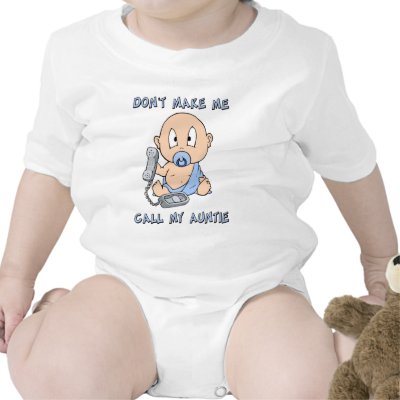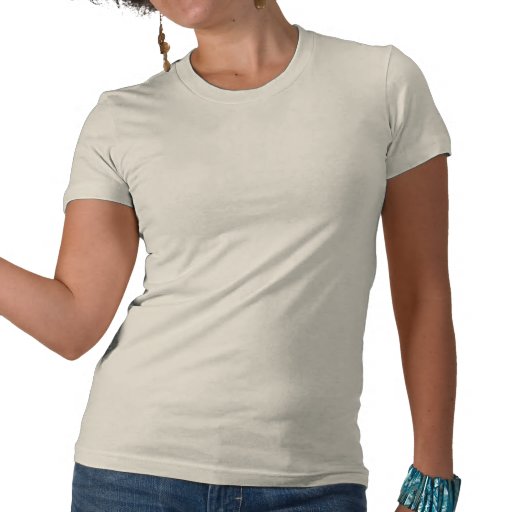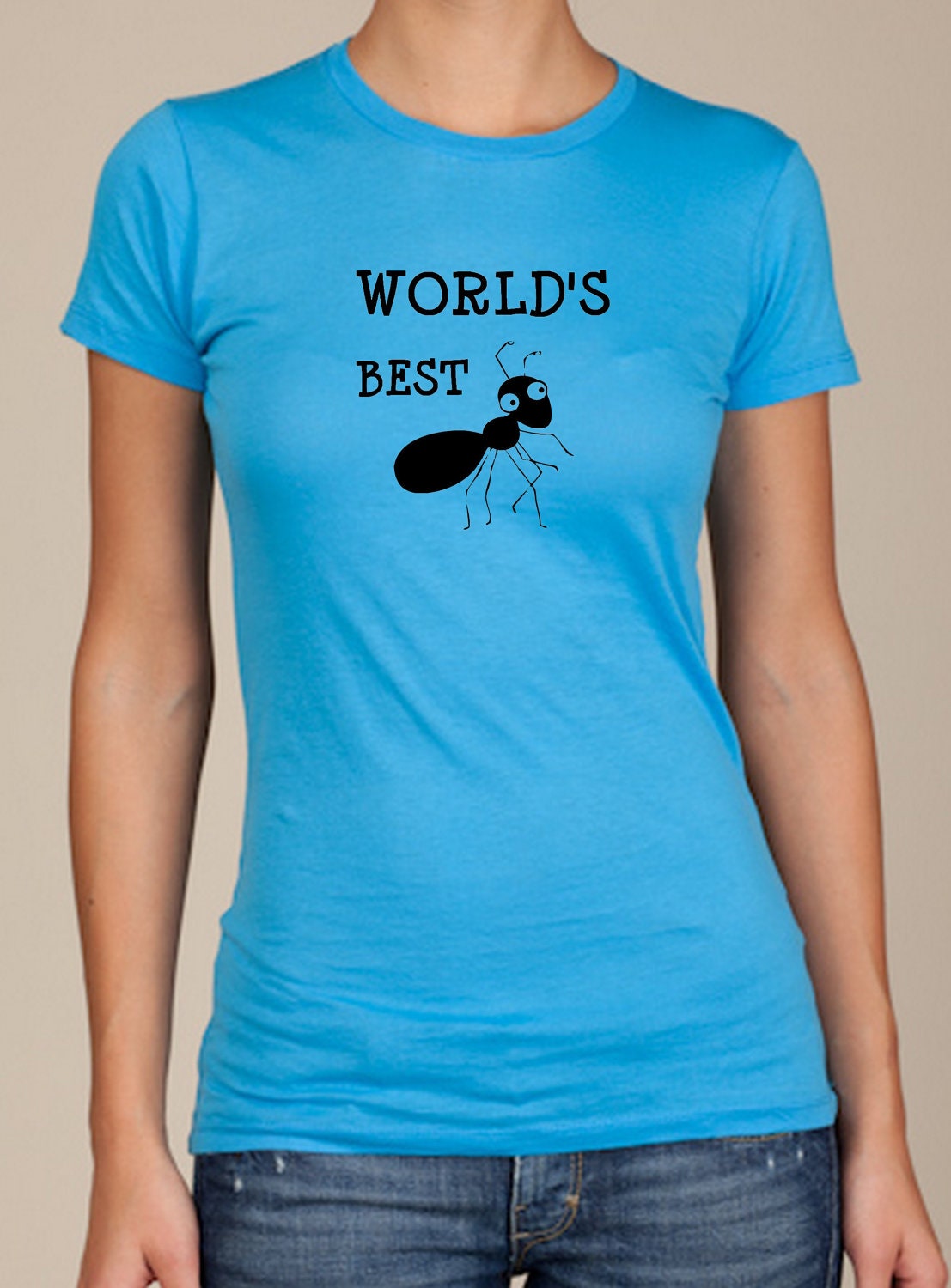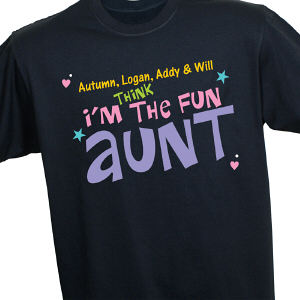source(google.com.pk)
Auntie Shirts Details/Biography
• AUNTY (noun)
The noun AUNTY has 1 sense:
1. the sister of your father or mother; the wife of your uncle
Familiarity information: AUNTY used as a noun is very rare.
Meaning:
The sister of your father or mother; the wife of your uncle
Classified under:
Nouns denoting people
Synonyms:
aunt; auntie; aunty
Hypernyms ("aunty" is a kind of...):
kinswoman (a female relative)
Hyponyms (each of the following is a kind of "aunty"):
grandaunt; great-aunt (an aunt of your father or mother)
maiden aunt (an unmarried aunt)
SHIRT
A shirt is a cloth garment for the upper body. Originally an undergarment worn exclusively by men, it has become, in American English, a catch-all term for almost any garment other than outerwear such as sweaters, coats, jackets, or undergarments such as bras, vests or base layers. In British English, a shirt is more specifically a garment with a collar, sleeves with cuffs and a full vertical opening with buttons or snaps. (North Americans would call that a "dress shirt", a specific type of "collared shirt"). A shirt can also be worn with a necktie under the shirt collar.
Parts of shirt
Many terms are used to describe and differentiate types of shirts (and upper-body garments in general) and their construction. The smallest differences may have significance to a cultural or occupational group. Recently, (late 20th century) it has become common to use tops to carry messages or advertising. Many of these distinctions apply to other upper-body garments, such as coats and sweaters.
Shoulders and arms
Sleeves
Main article: sleeves
Shirts may:
have no covering of the shoulders or arms — a tube top (not reaching higher than the armpits, staying in place by elasticity)
have only shoulder straps, such as spaghetti straps
cover the shoulders, but without sleeves
have shoulderless sleeves, short or long, with or without shoulder straps, that expose the shoulders, but cover the rest of the arm from the biceps and triceps down to at least the elbow
have short sleeves, varying from cap sleeves (covering only the shoulder and not extending below the armpit) to half sleeves (elbow length), with some having quarter-length sleeves (reaching to a point that covers half of the biceps and triceps area)
have three-quarter-length sleeves (reaching to a point between the elbow and the wrist)
have long sleeves (reaching a point to the wrist to a little beyond wrist)
Cuffs
Main article: cuff
Shirts with long sleeves may further be distinguished by the cuffs:
no buttons — a closed placket cuff
buttons (or analogous fasteners such as snaps) — single or multiple. A single button or pair aligned parallel with the cuff hem is considered a button cuff. Multiple buttons aligned perpendicular to the cuff hem, or parallel to the placket constitute a barrel cuff.
buttonholes designed for cufflinks
a French cuff, where the end half of the cuff is folded over the cuff itself and fastened with a cufflink. This type of cuff has four buttons and a short placket.
more formally, a link cuff — fastened like a French cuff, except is not folded over, but instead hemmed, at the edge of the sleeve.
asymmetrical designs, such as one-shoulder, one-sleeve or with sleeves of different lengths.
Lower hem of shirt
leaving the belly button area bare (much more common for women than for men). See halfshirt.
hanging to the waist
covering the crotch
covering part of the legs (essentially this is a dress; however, a piece of clothing is perceived either as a shirt (worn with trousers) or as a dress (in Western culture mainly worn by women)).
going to the floor (as a pajama shirt)
Body
vertical opening on the front side, all the way down, with buttons or zipper. When fastened with buttons, this opening is often called the placket front.
similar opening, but in back.
left and right front side not separable, put on over the head; with regard to upper front side opening:
V-shaped permanent opening on the top of the front side
no opening at the upper front side
vertical opening on the upper front side with buttons or zipper
men's shirts are often buttoned on the right whereas women's are often buttoned on the left.
Neck
with polo-neck
with v-neck but no collar
with plunging neck
with open or tassel neck
with collar
windsor collar or spread collar — a dressier collar designed with a wide distance between points (the spread) to accommodate the windsor knot tie. The standard business collar.
tab collar ~ a collar with two small fabric tabs that fasten together behind a tie to maintain collar spread.
wing collar ~ best suited for the bow tie, often only worn for very formal occasions.
straight collar ~ or point collar, a version of the windsor collar that is distinguished by a narrower spread to better accommodate the four-in-hand knot, pratt knot, and the half-windsor knot. A moderate dress collar.
button-down collar ~ A collar with buttons that fasten the points or tips to a shirt. The most casual of collars worn with a tie.
band collar ~ essentially the lower part of a normal collar, first used as the original collar to which a separate collarpiece was attached. Rarely seen in modern fashion. Also casual.
turtle neck collar ~ A collar that covers most of the throat.
without collar
v-neck no collar;~ The neckline protrudes down the chest and to a point, creating a "V" looking neck line.
Other features
pockets — how many (if any), where, and with regard to closure: not closable, just a flap, or with a button or zipper.
with or without hood
Some combinations are not applicable, of course, e.g. a tube top cannot have a collar.
Auntie Shirts Details/Biography
• AUNTY (noun)
The noun AUNTY has 1 sense:
1. the sister of your father or mother; the wife of your uncle
Familiarity information: AUNTY used as a noun is very rare.
Meaning:
The sister of your father or mother; the wife of your uncle
Classified under:
Nouns denoting people
Synonyms:
aunt; auntie; aunty
Hypernyms ("aunty" is a kind of...):
kinswoman (a female relative)
Hyponyms (each of the following is a kind of "aunty"):
grandaunt; great-aunt (an aunt of your father or mother)
maiden aunt (an unmarried aunt)
SHIRT
A shirt is a cloth garment for the upper body. Originally an undergarment worn exclusively by men, it has become, in American English, a catch-all term for almost any garment other than outerwear such as sweaters, coats, jackets, or undergarments such as bras, vests or base layers. In British English, a shirt is more specifically a garment with a collar, sleeves with cuffs and a full vertical opening with buttons or snaps. (North Americans would call that a "dress shirt", a specific type of "collared shirt"). A shirt can also be worn with a necktie under the shirt collar.
Parts of shirt
Many terms are used to describe and differentiate types of shirts (and upper-body garments in general) and their construction. The smallest differences may have significance to a cultural or occupational group. Recently, (late 20th century) it has become common to use tops to carry messages or advertising. Many of these distinctions apply to other upper-body garments, such as coats and sweaters.
Shoulders and arms
Sleeves
Main article: sleeves
Shirts may:
have no covering of the shoulders or arms — a tube top (not reaching higher than the armpits, staying in place by elasticity)
have only shoulder straps, such as spaghetti straps
cover the shoulders, but without sleeves
have shoulderless sleeves, short or long, with or without shoulder straps, that expose the shoulders, but cover the rest of the arm from the biceps and triceps down to at least the elbow
have short sleeves, varying from cap sleeves (covering only the shoulder and not extending below the armpit) to half sleeves (elbow length), with some having quarter-length sleeves (reaching to a point that covers half of the biceps and triceps area)
have three-quarter-length sleeves (reaching to a point between the elbow and the wrist)
have long sleeves (reaching a point to the wrist to a little beyond wrist)
Cuffs
Main article: cuff
Shirts with long sleeves may further be distinguished by the cuffs:
no buttons — a closed placket cuff
buttons (or analogous fasteners such as snaps) — single or multiple. A single button or pair aligned parallel with the cuff hem is considered a button cuff. Multiple buttons aligned perpendicular to the cuff hem, or parallel to the placket constitute a barrel cuff.
buttonholes designed for cufflinks
a French cuff, where the end half of the cuff is folded over the cuff itself and fastened with a cufflink. This type of cuff has four buttons and a short placket.
more formally, a link cuff — fastened like a French cuff, except is not folded over, but instead hemmed, at the edge of the sleeve.
asymmetrical designs, such as one-shoulder, one-sleeve or with sleeves of different lengths.
Lower hem of shirt
leaving the belly button area bare (much more common for women than for men). See halfshirt.
hanging to the waist
covering the crotch
covering part of the legs (essentially this is a dress; however, a piece of clothing is perceived either as a shirt (worn with trousers) or as a dress (in Western culture mainly worn by women)).
going to the floor (as a pajama shirt)
Body
vertical opening on the front side, all the way down, with buttons or zipper. When fastened with buttons, this opening is often called the placket front.
similar opening, but in back.
left and right front side not separable, put on over the head; with regard to upper front side opening:
V-shaped permanent opening on the top of the front side
no opening at the upper front side
vertical opening on the upper front side with buttons or zipper
men's shirts are often buttoned on the right whereas women's are often buttoned on the left.
Neck
with polo-neck
with v-neck but no collar
with plunging neck
with open or tassel neck
with collar
windsor collar or spread collar — a dressier collar designed with a wide distance between points (the spread) to accommodate the windsor knot tie. The standard business collar.
tab collar ~ a collar with two small fabric tabs that fasten together behind a tie to maintain collar spread.
wing collar ~ best suited for the bow tie, often only worn for very formal occasions.
straight collar ~ or point collar, a version of the windsor collar that is distinguished by a narrower spread to better accommodate the four-in-hand knot, pratt knot, and the half-windsor knot. A moderate dress collar.
button-down collar ~ A collar with buttons that fasten the points or tips to a shirt. The most casual of collars worn with a tie.
band collar ~ essentially the lower part of a normal collar, first used as the original collar to which a separate collarpiece was attached. Rarely seen in modern fashion. Also casual.
turtle neck collar ~ A collar that covers most of the throat.
without collar
v-neck no collar;~ The neckline protrudes down the chest and to a point, creating a "V" looking neck line.
Other features
pockets — how many (if any), where, and with regard to closure: not closable, just a flap, or with a button or zipper.
with or without hood
Some combinations are not applicable, of course, e.g. a tube top cannot have a collar.
Auntie Shirt
Auntie Shirt
Auntie Shirt
Auntie Shirt
Auntie Shirt
Auntie Shirt
Auntie Shirt
Auntie Shirt
Auntie Shirt
Auntie Shirt
Auntie Shirt
Auntie Shirt
Auntie Shirt
Auntie Shirt
Auntie Shirt














very nice post.................
ReplyDeleteIndian College Students Fucking in public park
indian young beautiful wife fucking with husband's office mate scandal
cute little girls sexy uncommon collection
bangla desi Cute bhabi show her boobs and pussy
busty big boob girls sexy uncommon collection
hot Indian teen girls and aunty sexy uncommon collection
Desi Cute Girlfriend Fucked In Car
Pakistani Girlfriend Mahbuba Forced Raped In Jungle By Her Boyfriends And Many Friends
bangladeshi college girl roshnie jessore sex scandal getting her boobs sucked
Hot Indian Bhabhi hard sex With Her Boyfriend
sex love fuck whore teen pussy sucking fucking ass boobs
Desi Tamil Wife Gave Her Husband a good Blowjob
Bangladeshi smart girls photo collection
sexy hot girls Stolen facebook photos
Busty Arab girls photo collection
Bikini girls photo collection
Indian aunty and vabi sexy picture collection
pakistani school girls hot photo collection
bad partygirls secret stolen photo collection
bad lesbian teens photo album
………… /´¯/) click for supper sexy girls
……….,/¯../ /
………/…./ /
…./´¯/’…’/´¯¯.`•¸
/’/…/…./…..:^.¨¯\
(‘(…´…´…. ¯_/’…’/
\……………..’…../
..\’…\………. _.•´
…\…………..(
….\…………..\.